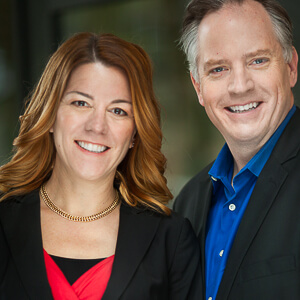How to Find New Ideas and Solve Problems in the Midst of Crisis

Times of crisis are also breeding grounds for innovation. Your teams are doing the best with what they have from where they are.
So how do you learn from your employees during (and after) this challenging time?
Right before this COVID-19 crisis we conducted an extensive Courageous Cultures research study with the University of North Colorado to understand what causes FOSU (Fear of Speaking Up) and sharing their best practices.
The biggest reasons may surprise you.
- 67% said leadership operates around the notion that this is the way we’ve always done it
- An astonishing 49% say they aren’t regularly asked for their ideas
- And 40% say they lack the confidence to share their ideas
- 45% said they lacked training on problem-solving and critical thinking
- And sadly 50% said they were convinced nothing would happen if they share their ideas
Another interesting finding in our research is that the ideas people were holding back weren’t trivial.
When we asked about the suggestions they WOULD share the most common responses is that these ideas would improve their organizations: efficiency in a process, employee performance or customer service.
Your employees have more ideas than ever. Don’t miss them.

If you want better ideas, have your employees use these simple, yet effective, questions to vet their ideas for viability.
Try This Technique to Help Your Team Vet Their I.D.E.A.s
Now you may be thinking, “I don’t have time for half-baked ideas.” Of course, you don’t. You don’t just need ideas—you want good ideas.
This is where the IDEA framework comes into play. If you want better ideas, have your employees use these simple, yet effective, questions to vet their ideas for viability.
I: Interesting
Why is this idea interesting? What strategic problem does it solve? How will results improve from this idea (e.g., customer experience, employee retention, efficiency)?
D: Doable
Is this idea something we could actually do? How would we make it happen? What would make it easier or more difficult?
E: Engaging
Who would we need to engage to make this happen? Why should they support it? Where are we most likely to meet resistance?
A: Actions
What are the most important actions needed to try this? How would we start?
By telling your team you’re looking for interesting, doable, engaging actions, you are consistently asking and teaching them how to know a good idea when they see one. And you’re well on your way to learn from your employees and tap into their best thinking.
Download a FREE whitepaper to learn more about this research here.

CAREER ADVICE

GOV TALK




